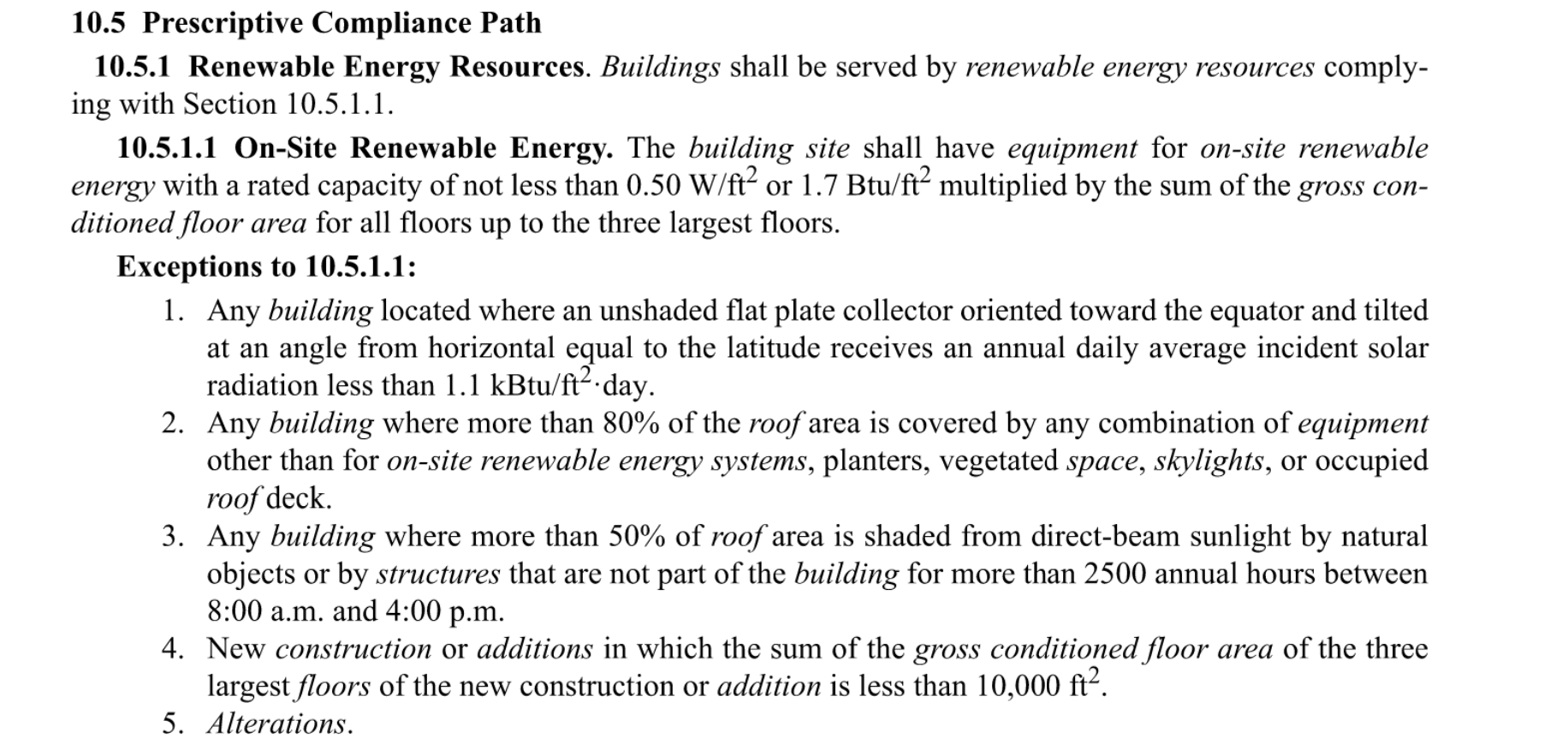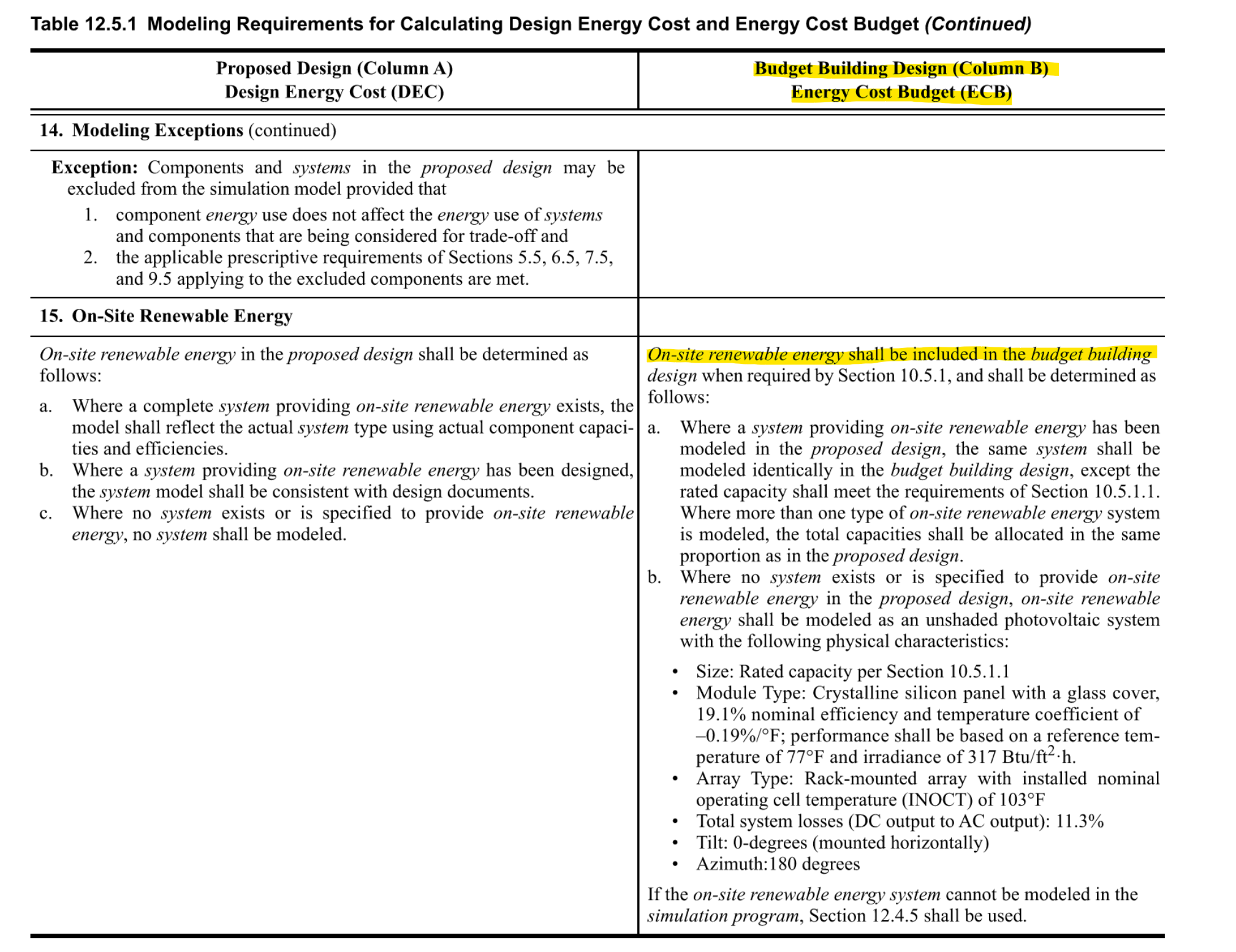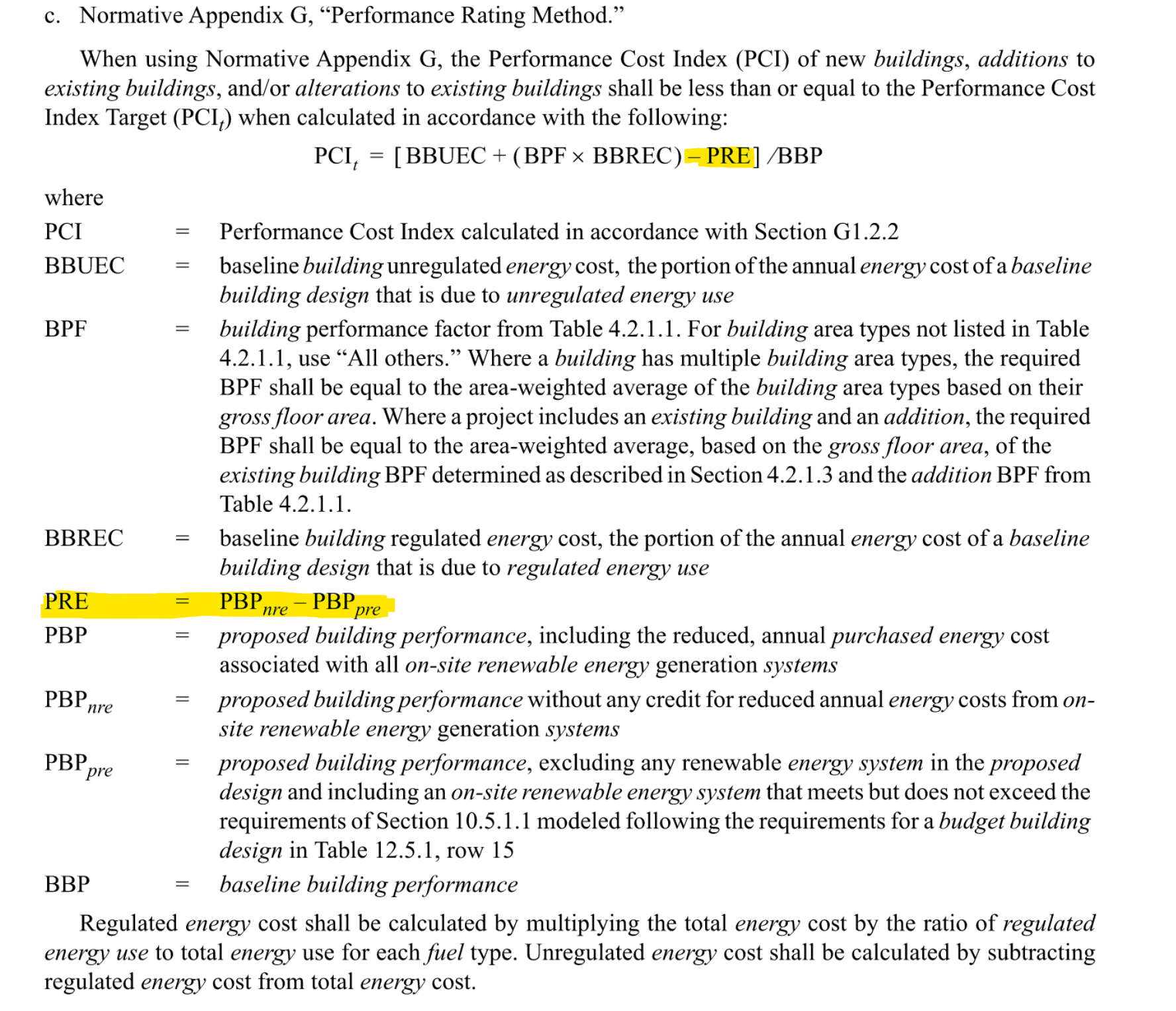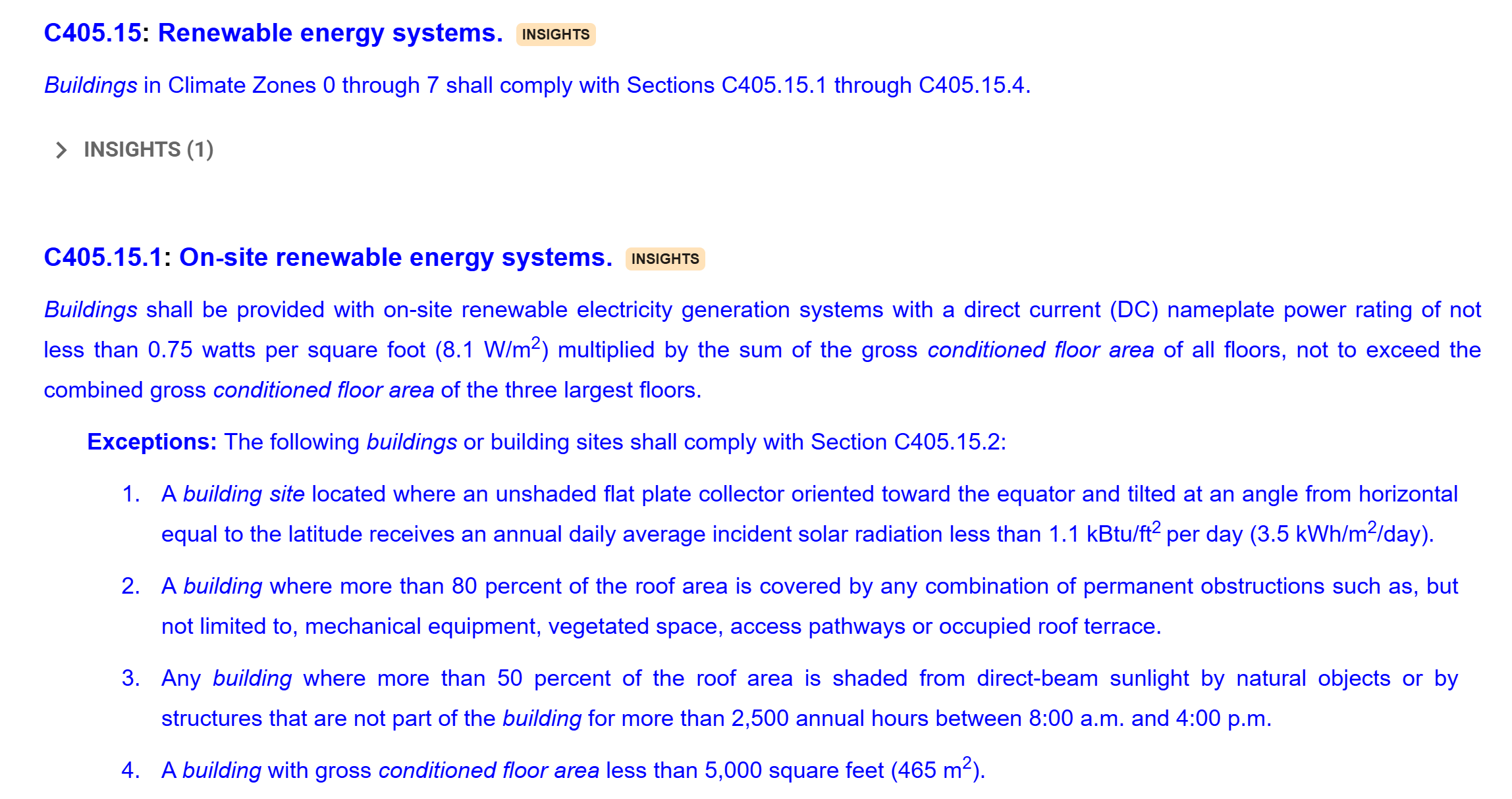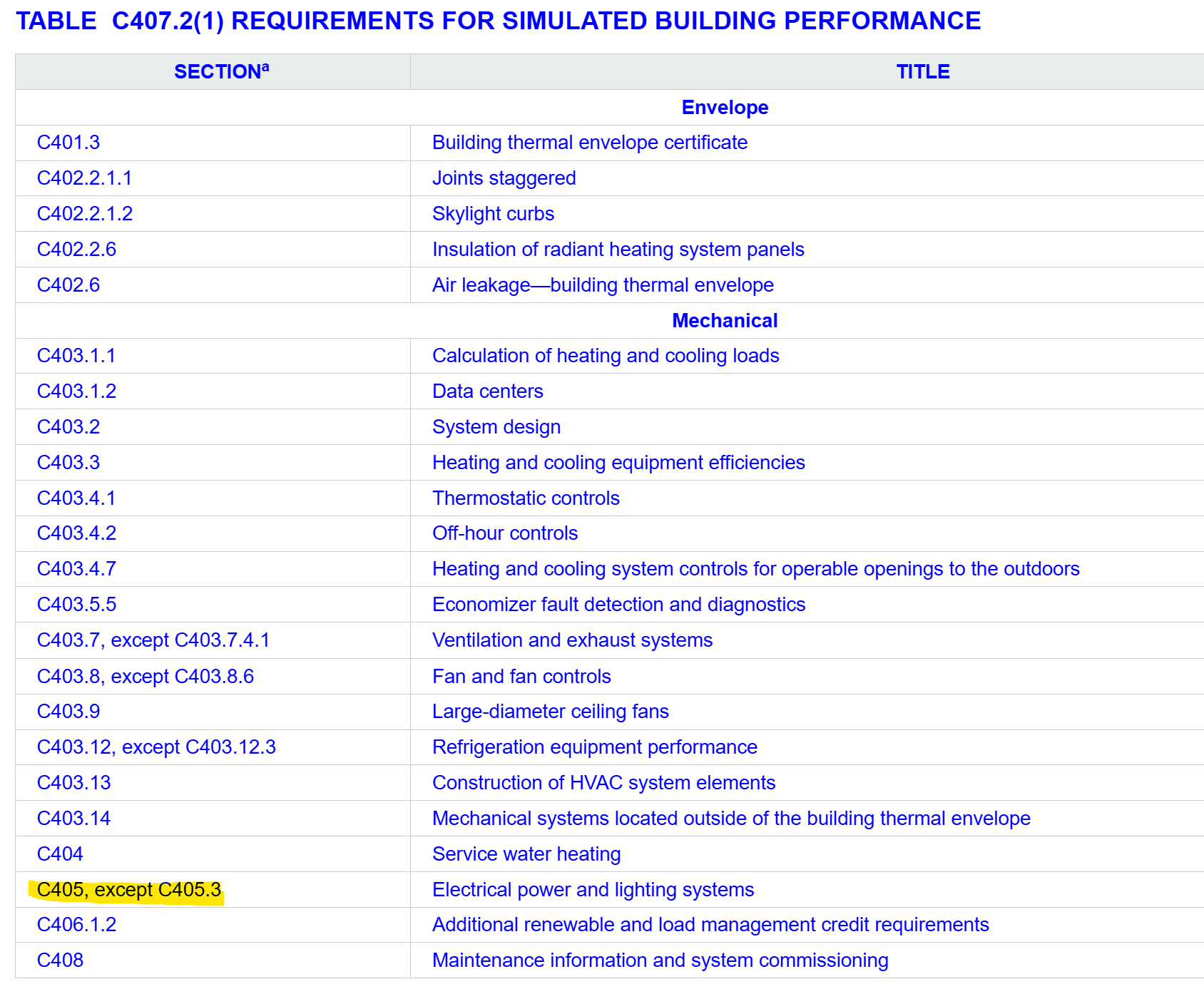What’s the Next Driving Force for Renewables? It Might Be the Energy Standard/Code.
The Context
For the past couple of decades, solar PV has ridden a wave of tax credits, and we’ve seen panels pop up almost everywhere - residential and commercial. The two main incentives are the Investment Tax Credit (ITC) and the Production Tax Credit (PTC).
The ITC is an upfront tax credit that allows a taxpayer to deduct a percentage of the project cost, often 30%, as a credit on their tax return. As you can imagine, it’s quite substantial.
The PTC, on the other hand, is based on actual energy production and is more commonly used by larger-scale projects.
There’s no doubt that both incentives significantly boosted adoption of solar PV across the country.
But with the One Big Beautiful Bill Act recently signed into law, which begins phasing out the ITC and PTC, many are wondering: Can solar PV continue its momentum without tax incentives?
We think the answer is probably yes - and here’s why:
Onsite renewable requirements have now made their way into the national model energy standard (ASHRAE 90.1-2022) and energy code (IECC 2024).
(If you're new to energy codes and standards, here’s a helpful article I wrote: The most common questions about energy codes, standards, and compliance — Clearbrook Energy Solutions)
What Does ASHRAE 90.1 2022 Say
ASHRAE 90.1 2022 Onsite Renewable Energy
Section 10.5.1.1 says “The building site shall have equipment for on-site renewable energy with a rated capacity of not less than 0.50 W/ft2 or 1.7 Btu/ft2 (Note: This appears to be a typo - it likely should read Btu/hr-ft2.) multiplied by the sum of the gross conditioned floor area for all floors up to the three largest floors. "
The required system size is based on the gross conditioned floor area of the three largest floors. There are several reasonable exceptions that exempt certain building size or conditions.
Also important: Section 10.5 is part of the Prescriptive Path, meaning it can technically be traded off using the Performance Path (i.e., an energy model).
However, if a building doesn’t qualify for any exceptions and is prescriptively required to install onsite renewables, it will be very difficult to trade that off - because the PV will now appear in the baseline of your energy model.
In other words, if no exception applies, you’ll likely need to install some amount of onsite renewable energy to comply - even when modeling.
(See also: ECB Baseline and Appendix G for more technical implementation details.)
ECB baseline
AppG
What Does IECC 2024 Say
IECC Onsite Renewable
IECC’s approach to onsite renewables is similar to ASHRAE 90.1-2022 - but even more stringent. And here’s the key difference:
Section C405.15.1 mandatorily requires on-site renewable electricity generation systems at a minimum of 0.75W/sqft. Exceptions apply.
Procurement of off-site renewable electrical energy is allowed as an alternative when on-site requirements are not met or an exception applies. The energy model baseline in C407 includes the C405.15.1 on-site PV.
Off Site Renewable
IECC 2024 Mandatory Requirements When Using an Energy Model
From Bonus Points to Must-Haves
This marks a big shift. For years, solar was something you added if you had the budget, incentives, or sustainability goals. Now? It might just be the cost of doing business - especially for new commercial construction.
Instead of asking, “Should we put solar on the roof?”, teams now need to ask, “Are we code compliant without it?”
Why This Matters
Even as the ITC and PTC fade, code-driven renewables are stepping in. Here’s what that means for your projects:
Solar is moving up the design timeline. You’ll need to reserve roof space and coordinate loads early in the design process.
Energy models need to evolve. If you're using the Performance Path, PV may now appear in your baseline or proposed case - which could change how you model compliance.
It’s a liability now. When something becomes code, compliance is no longer optional - it’s required for occupancy.
What Projects Will Be Most Impacted
If you look at the exceptions, mid-rise and high-rise buildings with small floor plates are least likely to be affected.
But buildings with large floor plates and roof areas - such as warehouses, logistics centers, and low-rise offices are far more likely to trigger the new PV requirements.
Take warehouses, for example:
A 1 million square foot warehouse would require:
500 kWdc of PV under ASHRAE 90.1-2022
750 kWdc of PV under IECC 2024
Those are not small systems. They require capital planning, utility coordination, and can even impact project timelines due to interconnection delays.
How Can We Help
At Clearbrook Energy Solutions, we specialize in navigating building energy codes and standards. Whether you need help interpreting the requirements, planning for PV, or modeling compliance scenarios - we’re here to support your team from concept through permit.

